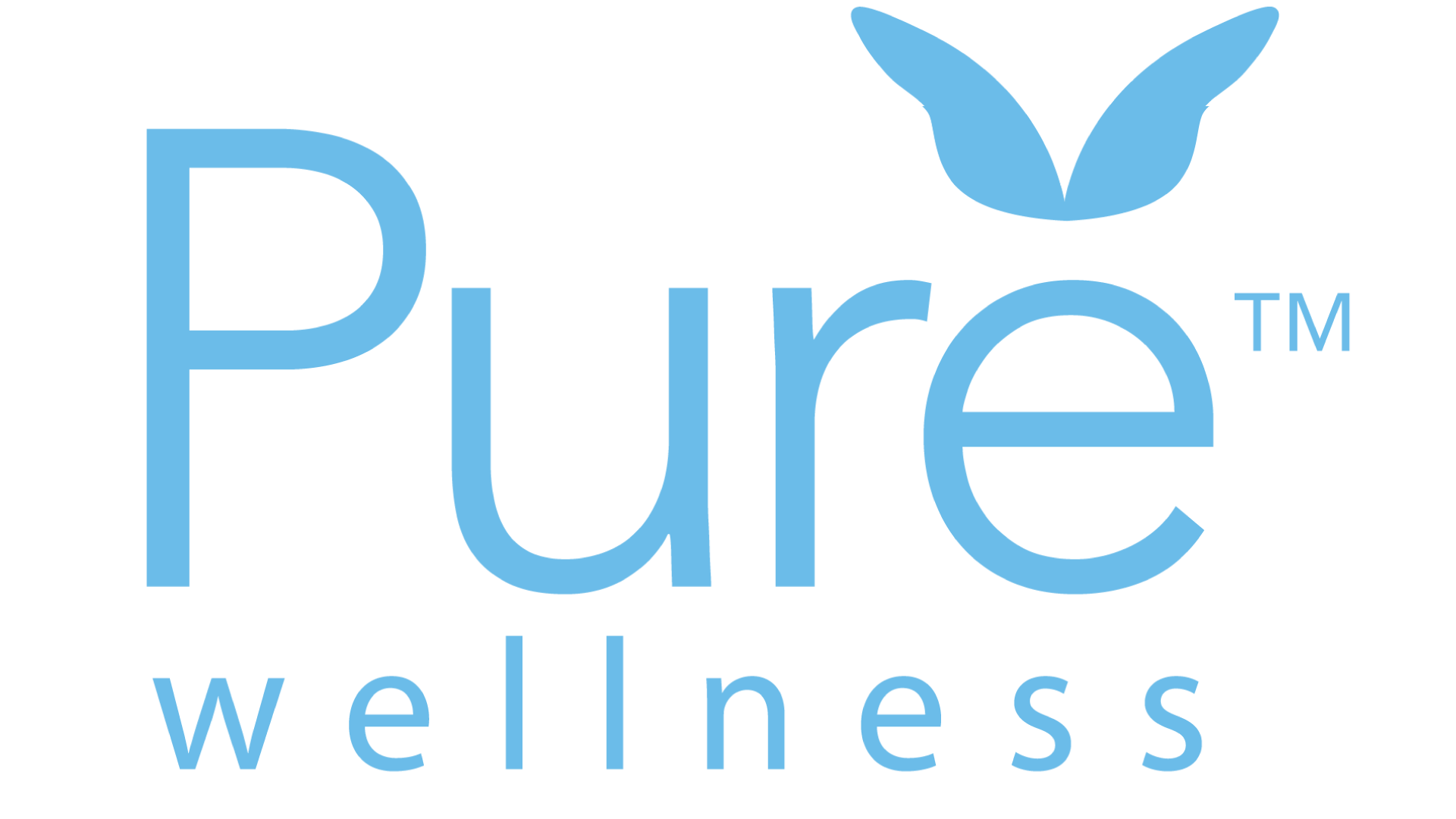The Biden Administration is looking to make indoor air quality a top priority for the health and safety of the country. Last month, the White House launched the Clean Air in Buildings Challenge to help kickstart this effort to improve air quality in offices, schools and other buildings across the nation. As part of the National COVID-19 Preparedness Plan, the Clean Air in Buildings Challenge calls on leaders and building owners to better assess and improve the quality of the air we breathe indoors.
To help leaders in this effort, the Environmental Protection Agency has published a best practices guide with clear, concrete recommendations that will improve indoor air quality. The guide is designed as a menu that includes quick steps for starting right away as well as resources for planning longer term improvements. The EPA lists these recommendations under four general categories:
- Create a clean indoor air action plan. A comprehensive plan should detail steps for measuring air quality, scheduling upgrades and improvements, and then maintaining HVAC systems through routine inspections and repair.
- Optimize fresh air ventilation. Adequate ventilation and the circulation of fresh, outdoor air are essential for maintaining good air quality indoors.
- Enhance air filtration and cleaning. Central HVAC systems and other in-room filtration devices should be improved or added as needed, including the use of high-quality HEPA filters.
- Engage the building community. Occupants should be made aware of the importance of indoor air quality and understand the organization’s commitment to this initiative. They should have opportunities to participate in the process and provide feedback.
The Clean Air in Buildings Challenge is supported by funds from the American Rescue Plan, which includes $350 billion for state and local governments and $122 million for schools. Among other coses, these funds can be spent on:
- Upgrades to HVAC and filtration systems
- Inspection, testing and maintenance of existing systems
- Portable air filtration units with HEPA filters
- MERV-13 (or higher) filters for HVAC systems and air conditioners
- Repairs to windows and doors
- Servicing and replacing HVAC systems
Indoor air quality is an issue that concerns everyone and the Biden Administration has taken an important step in addressing it. By continuing to raise awareness and support initiatives for clean indoor air, leaders and building owners can take significant steps in securing the health and well-being of our nation’s future.

Submit a comment